Live courses feature lectures and demonstrations with ample opportunity to interact. Stream on-demand courses at your convenience.
All students receive course notes and completion certificates.
Group Discounts are available when 5+ people from an organization register for a course. Contact Lisa Le for details.

|
Complete
any three courses listed on this page (live or on-demand) and earn an AIAA Certificate
of Specialization in Advanced Air Mobility. |
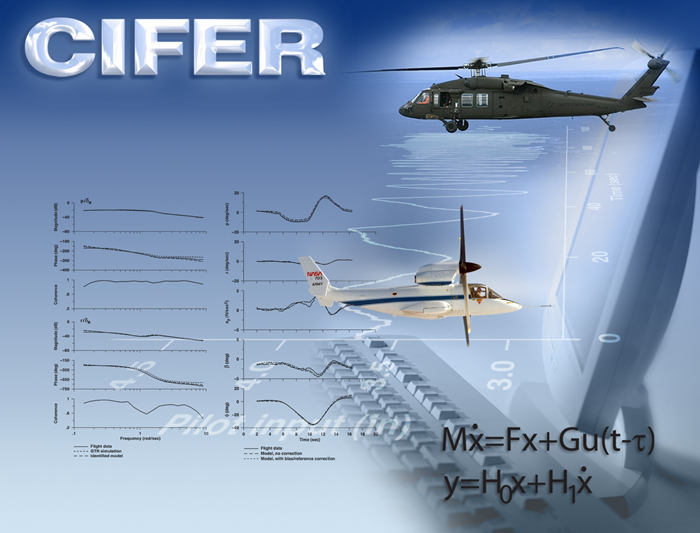
Aircraft and Rotorcraft System Identification Engineering Methods for Piloted and UAV Applications with Hands-On Training Using CIFER®
From 8–11 December 2025 (4 Days, 4 Classes, 20 Total Hours)
This course reviews the methods of piloted and UAV aircraft and rotorcraft system identification for determining flight dynamics and control models from test data. Students learn the benefits of the broad application of system identification throughout the flight vehicle development process. They also gain hands-on training in the CIFER® interactive system identification software suite using flight-test data and lab exercises. Using flight-test data from CIFER, they will complete the entire identification process of extracting and verifying a flight dynamics model of a rotorcraft or fixed-wing aircraft. Students leave understanding how system identification results can validate and update physics-based flight simulation models. More Details
________________________________________________________________
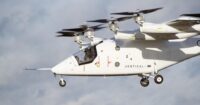
Aircraft Performance for Advanced Air Mobility: A Path to Certification
From 24 February – 2 April 2026 (6 Weeks, 12 Classes, 24 Total Hours)
This course offers an in-depth exploration of aircraft performance and certification requirements with a focus on Advanced Air Mobility platforms including platform with thrust vectoring as they transition from thrust-borne flight to wing-borne flight. It begins with a review of performance theory and regulatory standards, then moves into practical elements such as defining flight test plans, selecting instrumentation, and collecting high-fidelity data.Students will learn how to reduce data variability through engineering collaboration, refine performance models, and ensure alignment with certification metrics. Emphasis is placed on communicating performance results clearly to flight crews and regulatory authorities, and on setting operational limits to maintain safety.The course concludes with strategies for energy reserves in electric aircraft, giving students a complete understanding of performance evaluation and certification in the emerging AAM industry. More Details
________________________________________________________________
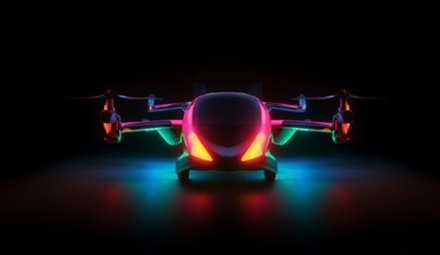
Advanced Hydrogen Aerospace Technologies and Design
On-Demand (16 Total Hours)
This course gives an overview of the potential for hydrogen as an alternative fuel for aircraft applications. After showing successful examples of hydrogen’s use in spacecraft, the course will show illustrate how it can be used in various aircraft. Students will learn the fundamentals of hydrogen and cryogenics, design of hydrogen-powered fixed-wing craft, design of hydrogen fuel cell eVTOL craft, the infrastructure needed for hydrogen craft, and the challenges and benefits of using hydrogen as a fuel. More Details
________________________________________________________________

Aerodynamic Interactions in
Multi-Propeller Aircraft Configurations
On-Demand (15 Total Hours)
The course presents the basic principles, technologies, and methodologies
of interactional aerodynamics mechanisms related to multi-propeller aircraft
configurations. The class will define the principal interactional aerodynamics
phenomena occurring on aircraft/rotorcraft configurations, along with their
flight envelope (propeller-propeller, propeller-wing, blade-vortex-interactions,
and the vortex ring state). They will assess the main effects on aerodynamic
performance and the acoustic footprint. Course material also will address
related state-of-the-art methodologies, from experimental techniques to
numerical methods used for the investigation of these phenomena applied to
innovative multi-rotor aircraft configurations. Students will complete a
wing-propeller numerical test case using DUST®, a mid-fidelity, open-source
aerodynamics software. More Details
______________________________________________________________
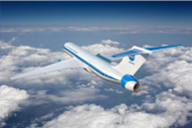
Design of Electrified Propulsion Aircraft
On-Demand (16 Total Hours)
In this course, students will learn about current developments in electrified propulsion as well as how to design electrified propulsion aircraft starting from top-level aircraft requirements. The course examines example cases with a variety of powertrains including pure electric, parallel hybrid, serial hybrid, and combinations with both combustion engines and fuel cells. Students will learn the performance metrics needed to conduct trade studies on powertrain design variables to achieve predefined design goals. Historical and recent electric and hybrid aircraft system studies are also reviewed, as well as standard reporting parameters for future studies. More Details
________________________________________________________________
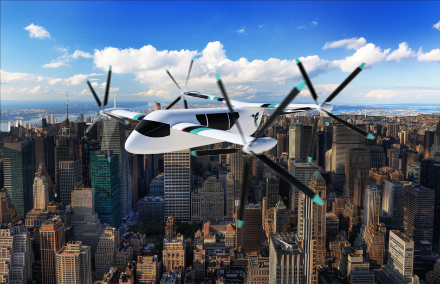
Electric VTOL Aircraft Design: Theory
and Practice
On-Demand (20 Total Hours)
This course,
taught by pioneering experts from industry and academia, provides an overview
of the unique challenges and opportunities of passenger eVTOL aircraft.
Students will learn the major constraints in eVTOL design, characteristics of
leading batteries and motors, acoustics fundamentals, eVTOL sizing
considerations, theory, and computational tools for eVTOL design, pros and cons
of different eVTOL aircraft configurations, and cost estimation of eVTOL
aircraft. Lessons are illustrated through a simplified multirotor VTOL aircraft
progressively designed and analyzed in class. More Details
________________________________________________________________

eVTOL Infrastructure Considerations for Advanced Air Mobility
Students
will gain a basic understanding of what vertical lift infrastructure is and an overview of some of the more technical aspects that must be considered for advanced air mobility (AAM). The course covers commonly used terminology for defining and describing infrastructure, calculation of infrastructure dimensions necessary to support vertical lift operations, the latest developments in infrastructure standards, aircraft performance criteria to consider for infrastructure design, factors shown to perpetuate infrastructure accidents, and more. After taking this course, students will be familiar with the key building blocks of vertical lift infrastructure design, particularly in complex urban environments. More Details
________________________________________________________________
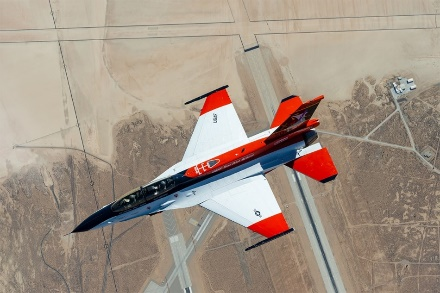
Machine Learning for Aircraft Applications
On-Demand (33 Total Hours)
________________________________________________________________
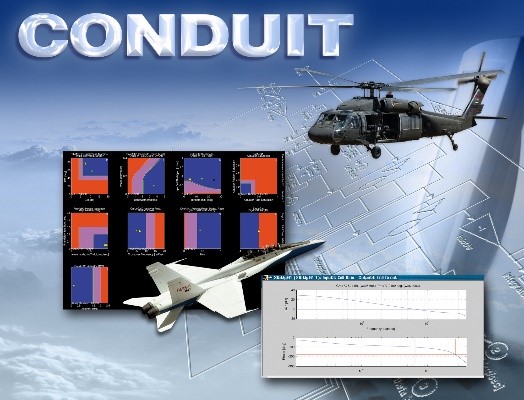
Practical Design Methods for Aircraft and Rotorcraft Flight Control for UAV, AAM, and Civil/Military using CONDUIT®
On-Demand (20 Total Hours)
This course presents design methods for flight control using multi-objective parametric optimization. Students will learn best practices in the selection of handling qualities and flight control specifications, simulation modeling and fidelity assessment, and flight control design and analysis methods; multi-objective parametric optimization design using feasible sequential quadratic programming (FSQP); comparisons between a range of classical and modern control design methods; and more. Students will learn through a hands-on approach using provided CONDUIT software to work through flight control examples for both aircraft and rotorcraft. More Details
________________________________________________________________
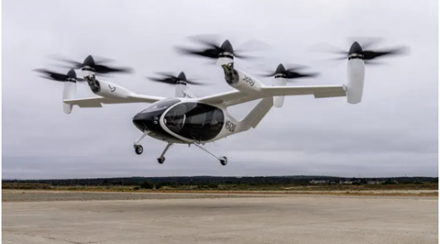
Rotorcraft and Propeller Aerodynamics and Aeroacoustics: Numerical Approaches and Practical Application
On-Demand (20 Total Hours)
This course balances theory and hands-on application to help students master aerodynamics and aeroacoustics for advanced air mobility, enabling them to predict and analyze the complex aerodynamics and noise characteristics of rotorcraft and propeller blades. Through simulations and practical analyses of real-world rotorcraft and propeller applications, students will be well-prepared to apply these techniques to address challenges in real-world engineering scenarios. More Details
________________________________________________________________
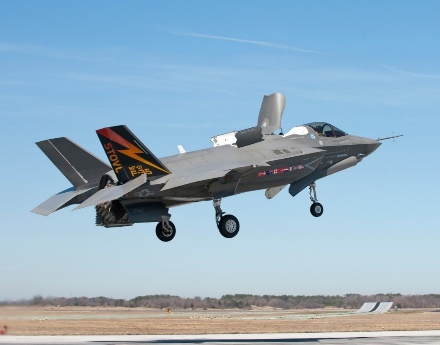
V/STOL Aircraft Design Considerations, Case Studies, and Lessons Learned
On-Demand (16 Total Hours)
This course, offered through the AIAA V/STOL Systems Technical Committee, features expert speakers who will provide firsthand experience in the development of V/STOL aircraft. Students will discover the design aspects of vertical and short takeoff and landing aircraft, the basic configurations available, and the design criteria driving particular configurations. The course also will highlight major design constraints, past and current types of these aircraft and their experimental and operational applications, and various approaches to V/STOL aircraft testing. Students also will learn the pros and cons of different V/STOL aircraft based on case studies. More Details
________________________________________________________________